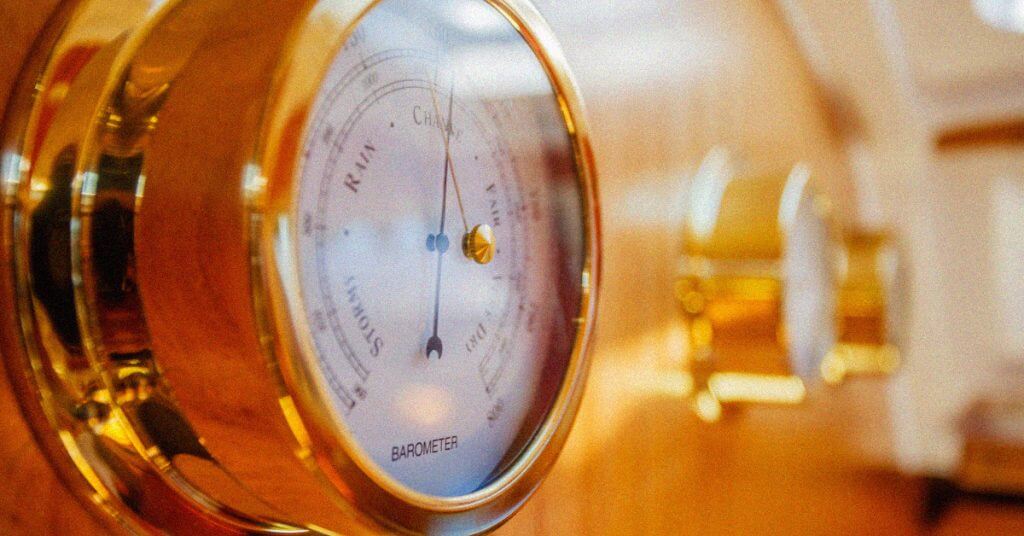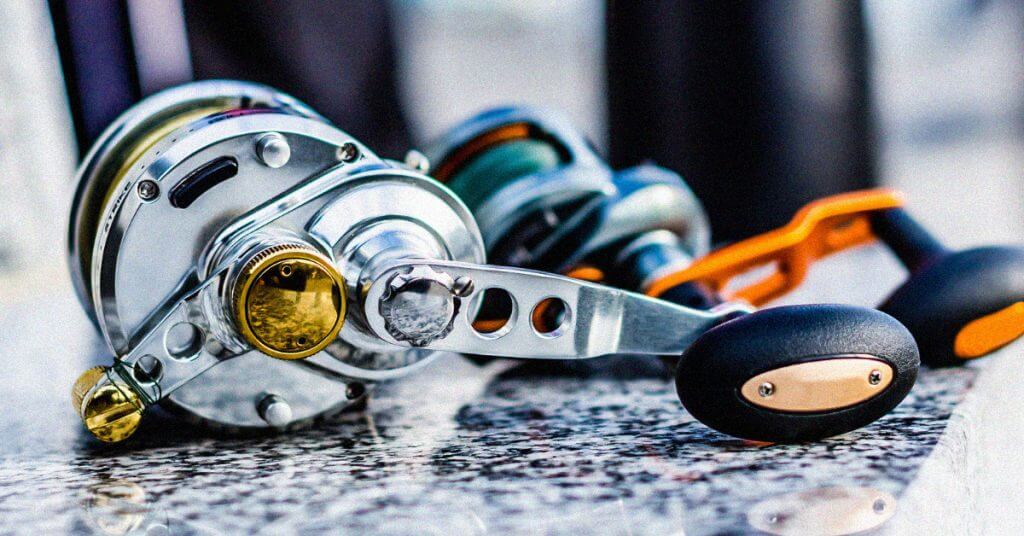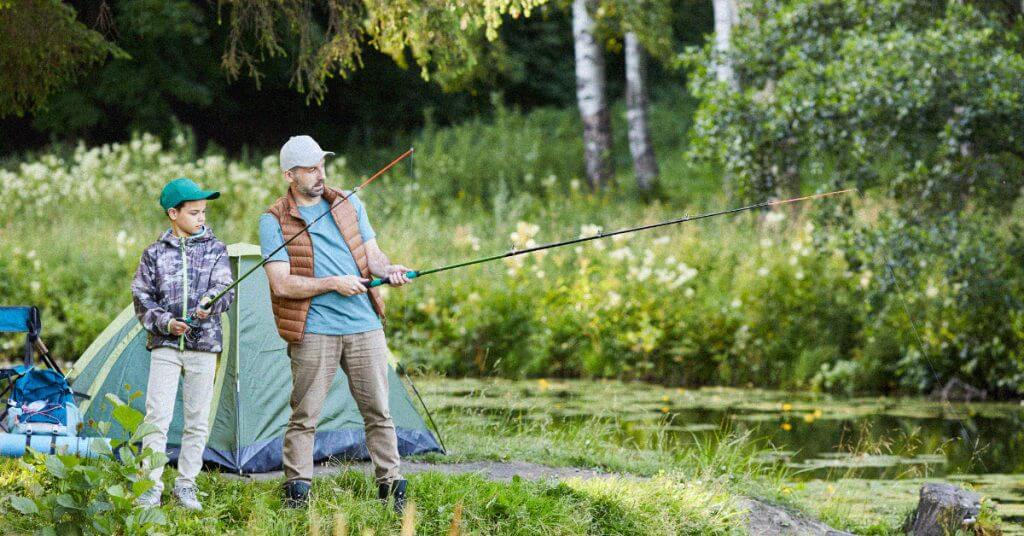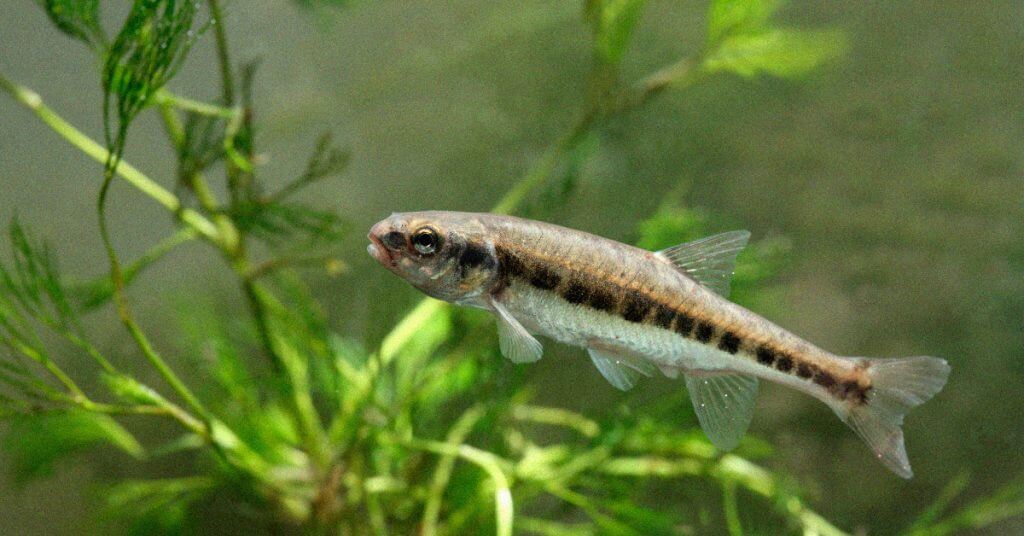There are very few lures out there that are as versatile and deadly as the jig.
Knowing how to fish a jig for bass is one of those introductory and straightforward fishing styles that everyone should know.
The reason is, you can fish them all year long, in clear and murky conditions, and you can pretty much cast them out anywhere on the water without a lot of knowledge of what’s going on underneath.
I guess what I’m trying to say is, learning how to fish with a jig for bass is something that every angler needs to know.
To help you get a better grasp of it, I’ve put together this complete guide, which covers all the gear you’ll need, picking the right trailers, the technique behind jigging, and where jig fishing for bass works the best.
If a YouTube video is your speed, don’t miss this explanation of jig fishing for beginners.
Bass Fishing Jig Setup: What Gear to Use
First things first, you need to have the right gear if you expect to have any success with jigging.
Using the incorrect rod and reel will impact your casting, and you’ll miss out on some opportunities.
Let’s take a look at some of the gear you’ll need.
Best Jig Rod For Bass
To choose the right rod, there are a few things you want to keep in mind.
Long rods work better with jigs because you’ll be lowering and raising the tip to get the right presentation of the jig.
As a result, the longer the rod is, the more movement you’ll get out of your lure.
Many jigs are equipped with hefty hooks as well and weed guards to keep that hook out of trouble.
Due to that factor, you’ll want to have a fast action rod so you can feel all the nibbles you get from bass as you’re moving through the vegetation.
So, to answer the question directly.
I’d suggest going with a casting or spinning rod; I don’t have a preference on that because it depends on your fishing style.
I use a spinning rod when fishing jigs, but you could use a dedicated jigging rod.
What is important is the size, power, and action of the rod.
You want a long rod that is at least 6.5 feet. It should be a heavy power and fast action rod so you can pull those hard-fighting bass through the dense cover where you’ll likely use the jig.
Choosing Your Reel
When you’re picking a reel, your choice depends on your style.
If you’re slow pitching the jig, you’ll want to go with a casting reel, but if you’re speed jigging, it doesn’t really matter.
One important factor in understanding is that jigging relies heavily on your motion and movement.
Every move you make is translated into motion from your jig.
Because of that sensitivity and finesse is that much more important.
For this reason, many anglers prefer casting and conventional reels because they transfer the motion better.
The reason I choose spinning reels is because of their weight.
Jigging also requires a lot of lifting, and in my opinion, spinners have closed the gap in terms of performance enough to where I don’t notice any difference with this fishing technique.
Best Jig for Bass Fishing: Types of Bass Jigs
In this section I want to break down the different types of jigs and when you should use them.
One thing many beginners don’t understand is that the jig is actually the head of the lure.
Behind the head is a trailer, and then most jigs will come with a skirt that covers the hook and prevents weeds from building up on the hook.
So, in this section, we’re talking specifically about the jig head itself.
Bass Swim Jigs
If you know how to fish a swim jig for bass, you’re in good shape. This is one of the most popular fishing techniques on the planet, and it’s rather simple to understand. All you need to do is retrieve the jig through the water column as you would with a spinnerbait or baitfish style lure.
They come with a pointy bullet style head that allows them to easily move through the cover, and most of the time, fish bite them while they’re moving, so it makes hookups easier with these bass lures.
Casting Jigs
These jigs have a flat bottom head with a dense weed guard that almost swallows the hook and makes it very good for heavy cover. These run as big as a half-ounce, and the design of the head is meant to make the jig stand upright with the skirt underneath as the lure bounces around. Most anglers would trail these with a craw or grub.
Flipping Jigs
Flipping jigs take you into the densest, muckiest, and murkiest cover in the water. The weed guard on these is usually very tense and doesn’t have a lot of play. Many anglers may use rattles with these too, and some even come with one built-in to draw some additional attention.
I’ve found that flipping jigs are much larger in size as well running up to a full ounce, so I would suggest using these if you know where some big bass are located. Fishing the densest vegetation is usually the best way to find largemouth bass, so you might be onto something if you rig up one of these.
Grass Jigs
It seems like the more I dive into jigs, the more I realize the only difference is how great they are at moving through cover. Grass jigs would be considered the epitome of dense vegetation fishing. These come with a line tie right at the top and a conical head to make it easy to push your way through anything that gets ahead of you.
It’s recommended that you use heavy tackle with these so you want to have a strong wire hook and don’t use a trailer like a craw or frog because there’s too much that can get hung up in the grass.
Football Head Jigs
If you don’t like to cast into the weeds, you’ll want to use a football jig. These are round heads meant for banging and bouncing off rocky ledges and dams. These weigh as much as a solo ounce and come with a dense skirt and wide gap hook.
Many anglers take the skirt off to improve the rate of your hook set, but I would only do this if you’re certain there are no weeds around. You can use larger creature trailers for these.
Best Bass Jig Trailers for Bass Fishing
When it comes to choosing the best trailers, you’ve got a few options, and each has its own purpose.
Craws
Many anglers choose to trail with a crawfish because they create a loud and flappy presentation in the water. I wouldn’t suggest using one if you’re fishing dense cover, but if the water is somewhat open or clear, I think you would have a lot of success.
Chunks
A chunk is like a hybrid between a crawfish and a grub. They’re usually smaller than craws but a bit bigger than grubs, and they have a square, rectangular body with one or two tails following behind. I think these are great for heavy cover, loose vegetation, or fishing along rocks and dams.
Another area where chunks work well is if you’re using a swim jig. They move nicely through the water and create a great presentation. Remember that most bass bite moving jigs, so the motion and action you create is important.
Grubs
Some might call a grub an amateur trailer, but I always keep some on me. Make sure you use colors that mimic the water clarity and time of day/year because that will play a major role in your success. A grub is essentially a plastic worm with a tail on it that you’ll use to cover most of the vertical section of your hook.
Bass Fishing Jig Techniques You can Use
Now for the fun stuff. Let’s talk about how to fish for bass with a jig. You’ve got two primary methods of casting a jig and then a few options that you can use when retrieving the jig. Let’s start with the cast.
How to Pitch a Jig
Pitching involves pressing down on the spool or opening bail like you normally would. The main difference is you’ll grab your line with the opposite hand and pull the bait back while aiming your rod at your target area.
Once you’ve done that release both at the same time and apply pressure when the bait hits the water to limit the slack and prevent backlash.
This casting technique helps you get underneath overhanging structure and cover. If you’re trying to cast under a tree that is hanging down or under a dock, this is the best way to go.
How to Flip a Jig
Flipping a jig requires you to release enough line to reach the desired target. Keep in mind that the bass can only be a few yards away for this to work. Once you’ve released the line, set it aside, and pinch your line between the first guide and the reel.
Lift up your flipping rod enough to make the line dangle and start swinging it. Once you’ve got enough power built up, let go of the line and let the bait hit the water. If you get enough momentum going, you can cast longer distances, but this technique works great for short distance casting when you know you’re coming up on something.
Now let’s talk about what techniques you can use on the retrieval.
Punching a Jig
This technique is powerful, and it requires you to rip up your rod a few feet on the retrieval and then pause for a few seconds. The rip is what draws the bass in, and the pause is when they strike. You want to do this a few times when working your lure.
Dragging a Jig
If you’re fishing deeper water, you might be able to find schools of fish by dragging your lure across the bottom. Once you cast, let the jig fall to the bottom and use the rod tip to pull the jig across the bottom of the water.
Swimming a Jig
Swim jigs are the most popular and simplest way to fish these. Cast along weedy edges and rocky areas and then simply retrieve your lure like you would anything else. Every time you feel yourself getting hung up on something, tighten up the slack and pop the rod back. This presentation is what triggers a strike. Implementing these bass fishing techniques is important to your success.
Where and When to Use Bass Fishing Jigs
You’ve learned a lot so far, but now let’s talk about where and when you should use jigs. As I said in the beginning, there isn’t really a wrong time to fish a jig because there are so many customizations you can make with it.
The best thing I can tell you is to keep these bass jig fishing tips in mind when deciding if it’s the right time to pull out the jig.
Fishing in Weeds
Jigs are always a great choice for fishing in weeds because of their skirts. The skirt will always protect your hook and trailer from getting caught up with too much muck. When you fish something that isn’t weedless in the weeds, it messes up the presentation, which limits the amount of attention you’ll get from the bass.
If you spook them too much, you may end up ruining your entire day of fishing in that area because they’ll back away and stay away if they think something isn’t right.
Fishing Around Structure
Jigs are great for fishing around structure, docks, buildings, and anything else that might hang over into the water. You want to make sure you know how to properly pitch a jig because it allows you to get under the dock or in between two boats sitting near the shore.
This casting technique is super precise, and while you might not be able to cast extremely long distances, it works well if you’re fishing areas that you know have bass, but you have a hard time reaching them. This is where jigs come in.
Choosing the Right Trailer
Picking a trailer depends on where you plan to fish. Make sure you line up the trailer correctly with the type of jig head you’re using as well. If you’re using a football head, you could use a larger and more significant trailer because you’ll rely on that for the motion and presentation.
If you’re fishing a grass jig, then you would want a smaller trailer like a grub because the movement on your part will play a more significant role in your success.
Choose the Right Color for the Right Time
I can never say this enough, and I feel like I talk about it in every article I write, but you need to choose the right color based on the time of day you’re fishing, the time of year, and the current circumstance outside. There is no such thing as too much thought put into the color of your lure.
You have a million options to choose from with jig heads, skirts, and trailers. If it’s an overcast day in the fall or early spring, you need to use a moderate or natural color that mimics the surroundings. Bass rely heavily on the temperature and time of year to determine their behavior.
If you go out there on a cold and rainy day with a bright yellow or green lure, you’ll intimidate them too much, and they won’t bite.
On the contrary, if you go out there when it’s 85 and sunny in July with a gray jig, they might not bite because it won’t attract them enough.
Summer, sun, and warmth call for a bright and attractive color of the jig. While Fall, Winter, clouds, and cold calls for natural and matte color.
Final Thoughts
By this point, you should have a thorough and complete understanding of how to fish a jig for bass and everything in between. This fishing style is very simple, not complicated, and highly effective if you put in the time and effort into learning.
One last thing I want to mention is that not all jig lures for bass are created equal. You want to make sure you’re using the best jigs from the most recommended brands.
Always stick to the companies you know because that also plays a role in your success. You want the jig head to be sturdy, realistic, and authentic.
Either way, if you’ve gone through this guide in its entirety, you should have nothing to worry about! Happy fishing, and good luck out there!




